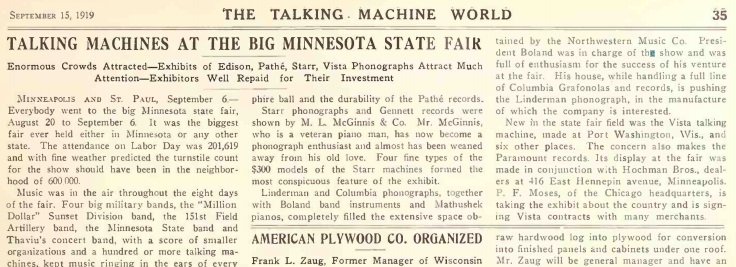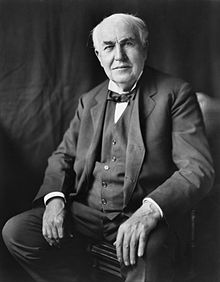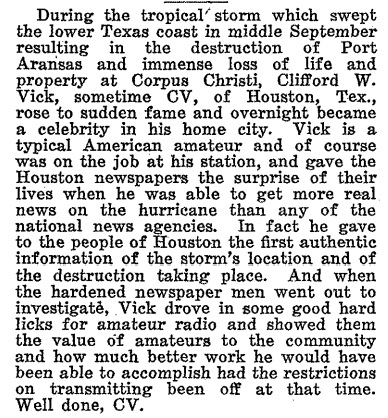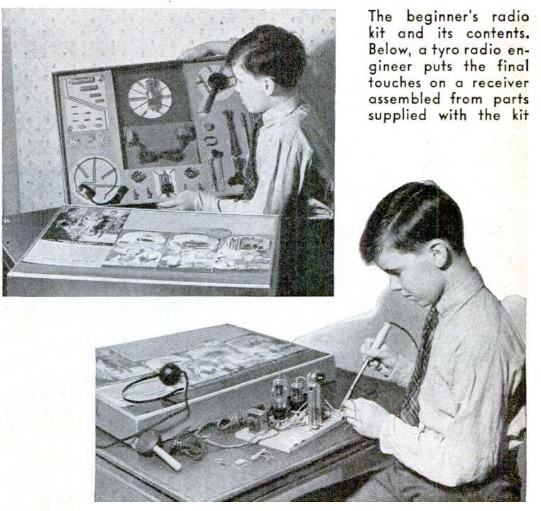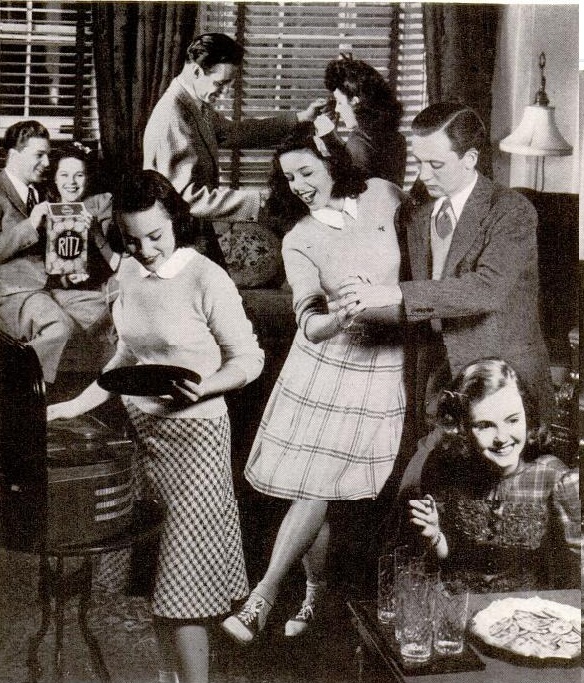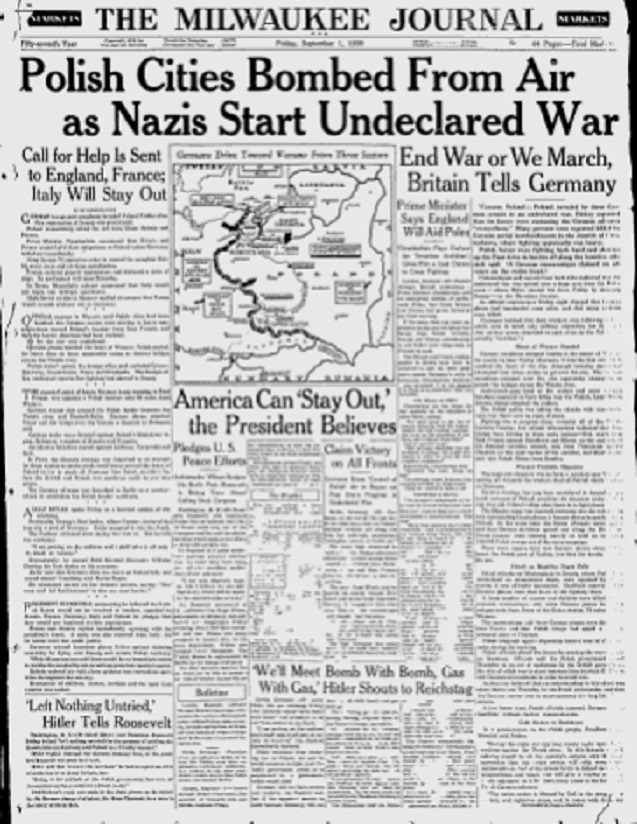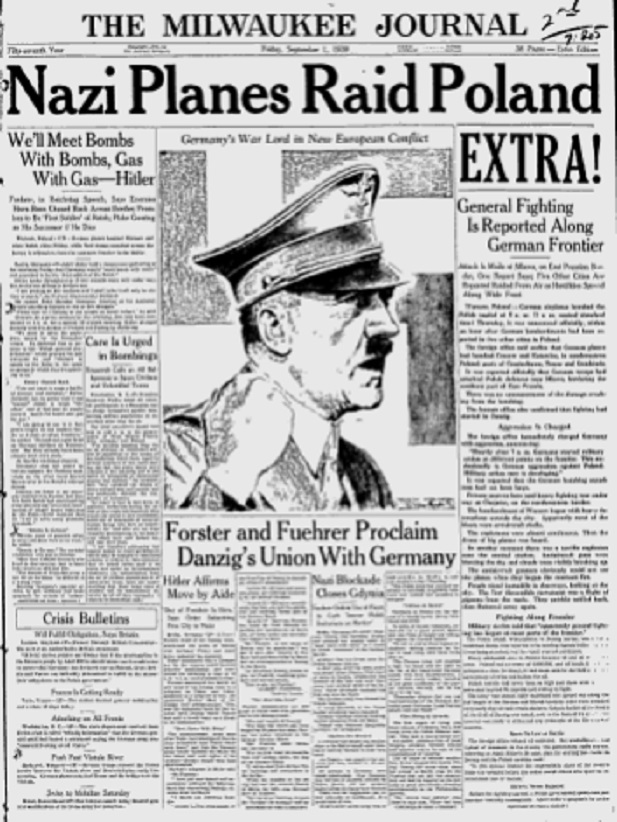My son’s high school freshman year didn’t include stellar grades. In fact, it included failing his geography class. There were two causes of this. The major cause was the traditional reason, namely, a failure to apply himself. He might have squeaked by with a passing grade, but when he finally handed in quality work, the teacher was already convinced that he was incapable of quality work. So she accused him of cheating, even though she admitted that she couldn’t prove it. Since she couldn’t prove it, she instead gave him poor grades, meaning that the average score for the course was still a failing grade. As a result, he had to make up the course over the summer.
One option, of course, was to send him to summer school. Logistically, this wasn’t a convenient option for us. And there was still a chance that subjective grading would keep him from passing the course. Therefore, after some research, we settled upon The Keystone School, which offers a number of “credit recovery” courses. The school, even though it is apparently accredited in Pennsylvania, does not actually offer the credit itself. Instead, before enrollment, an official from his home school, in his case, the counselor, has to sign the application. Keystone School then reports the scores to the home school, and the home school changes the grade from an F to a grade of P, a passing grade. The school agreed that this was a suitable option, and signed the application.
We were a bit hesitant, since many of the online reviews I saw were rather poor. Many of the criticisms in these reviews were justified, but for our purposes, the course actually served us quite well. For families in different situations, those shortcomings could prove to be very frustrating, so please use caution before registering.
 The school’s course catalog can be found at this link. The course my son took was entitled “Geography Online Credit Recovery Grades 9-12,” and the tuition was $155 for two semester credits. It was also possible to take one semester credit for $116. The course goes quite fast, so I’m glad I paid for both credits at the same time.
The school’s course catalog can be found at this link. The course my son took was entitled “Geography Online Credit Recovery Grades 9-12,” and the tuition was $155 for two semester credits. It was also possible to take one semester credit for $116. The course goes quite fast, so I’m glad I paid for both credits at the same time.
There were many technical glitches with the course. In fact, he was never able to view some portions of it. I suspect we would have eventually figured out how to view all of the material, as we probably needed to update some of the software on our computer. For example, most of the lessons included at least a few videos and Flash presentations that we never were able to open.
 The bulk of the lessons consisted of slides similar to the one shown at the left. These are interspersed with videos, links to other websites, and the various Flash plugins that we weren’t able to view. Fortunately, most, but not all, of the missing elements had a PDF transcript that he could open, which contained the same information. These actually proved to be more convenient, since the text could be searched when taking the open-book quizzes.
The bulk of the lessons consisted of slides similar to the one shown at the left. These are interspersed with videos, links to other websites, and the various Flash plugins that we weren’t able to view. Fortunately, most, but not all, of the missing elements had a PDF transcript that he could open, which contained the same information. These actually proved to be more convenient, since the text could be searched when taking the open-book quizzes.
For some students, the missing elements might have caused a major problem. It’s likely that problem could have been solved by updating our software, but in my son’s case, having the missing items wasn’t a major problem.
This is because the course is set up so that the student takes a quiz for each unit before reviewing that unit. Each quiz can be taken up to three times, and the student is instructed to take it the first time as a pre-test for the unit. If the student passes the quiz (it appears that 70% is the passing score), then the student simply moves on to the next unit.
With one exception, my son passed all of the quizzes (usually with a score of 90% or 100%) on the first try. Therefore, he was never required to actually review the lessons. However, for many of the chapters, he did open the lessons and quickly review them. (The method for doing this was somewhat counter-intuitive. From the course main page, he had to click on “Start Here,” and then on “Table of Contents.” From the table of contents, he had to right click on the unit he wanted to view, and then open that unit in a new tab. For some reason, it didn’t work to open the lessons by left clicking.) He usually had one or more tabs open with the course materials, with the open book quiz in another tab. He was able to answer most of the questions from his prior knowledge (much of it presumably learned in the class he failed). Other questions required him to regurgitate material from the lessons, so he would search for the material in the other tab.
Most questions were relevant, but quite a few were somewhat confusing. A few of the answers were simply wrong, such as the one below. But he picked the least wrong answer, which turned out to be the right answer. (Thailand is not east of Cambodia):
Over the course of about a month, my son passed the course (with a score in the high 90’s). He probably learned a few things (such as the true location of Thailand in relation to Cambodia), but more importantly, the school will accept the credits and change his grade from failing to passing. The technical glitches weren’t a problem, because he used the Keystone course essentially only to “test out” of the subject. If he needed to actually learn something from the course, it wouldn’t have worked very well. But despite the shortcomings, it was vastly superior to bringing him to summer school, and the $155 was well spent.



